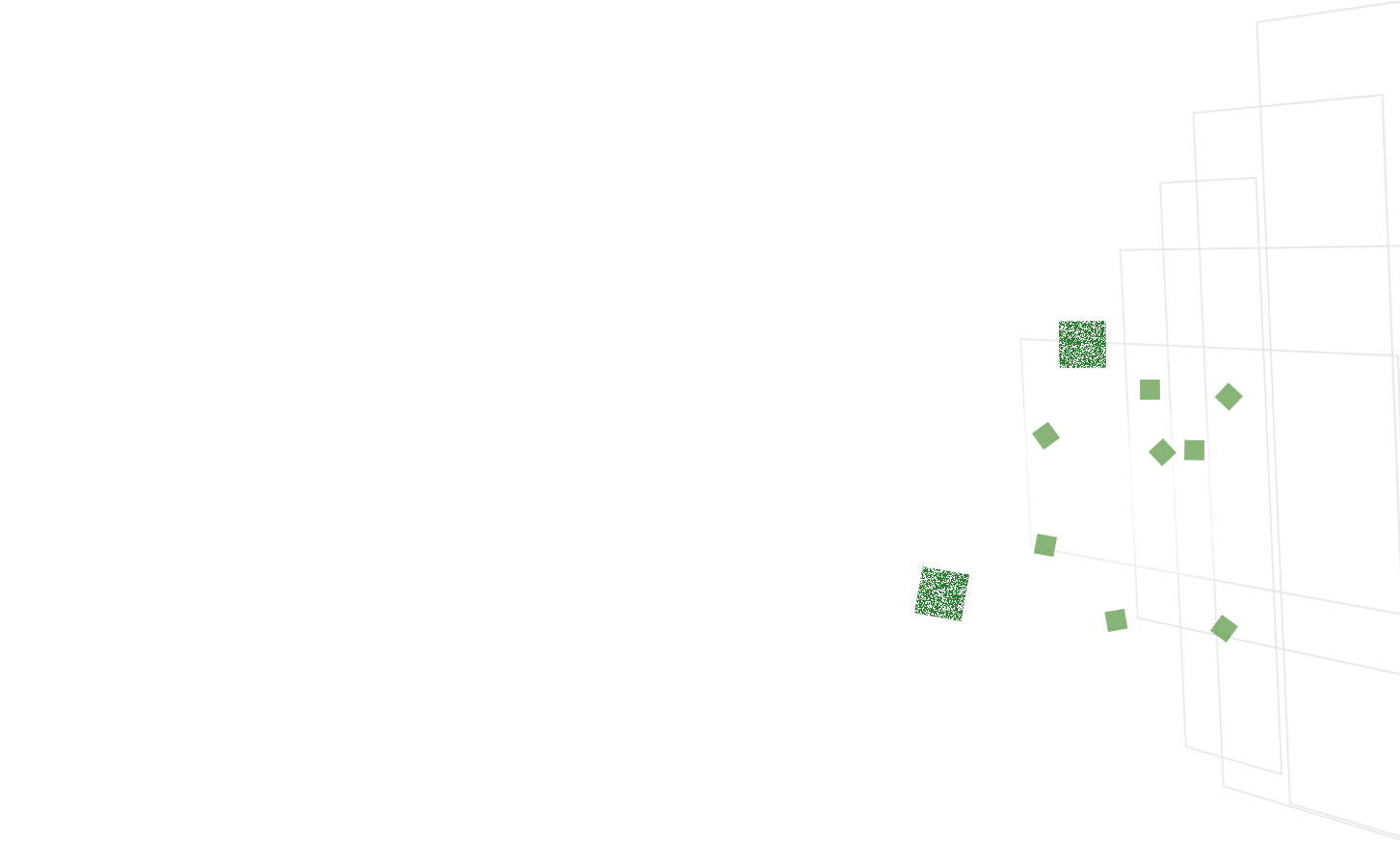





The script language JavaScript is executed on the client side, i.e. in the browser. Today it is a global standard in the World Wide Web and almost indispensable. Interactions and complex functionalities can be implemented with the help of JavaScript and optimized by different frameworks.
As the name suggests, JavaScript is a scripting language. This scripting language was originally developed for dynamic HTML so that user interaction could be evaluated, content changed, generated or reloaded. JavaScript is the perfect complement to CSS and HTML, as the possibilities of both programming languages could be extended many times over by JavaScript. Today JavaScript is also used outside web browsers, for example on microcontrollers or servers.
Since the language core of JavaScript, the so-called ECMA 262, is standardized, JavaScript can rightly be called a classless, typed and object-oriented scripting language. JavaScript can be used to create a wide variety of programming paradigms. Procedural, object-oriented and functional, the three terms perfectly describe the first-class properties of the scripting language.
The syntax of JavaScript is typical for a C derivative, as is also the case with Java. Although Java and JavaScript are very similar in syntax, both programming languages have nothing in common. In JavaScript, for example, inheritance is achieved by prototypes, not by classes as in Java. In the past, JavaScript was mainly used on the client side, today JavaScript is also suitable for server-side applications. The application possibilities of JavaScript are today extremely versatile, whether as a script language for application programs or for games, the ingenuity of the programmers is set thanks to this script language no limit.
Since JavaScript has small differences in all browsers, good frontenders have been swearing by jQuery for years. jQuery eliminates JavaScript browser differences on the page.
Ajax is the technology to dynamically reload content. This allows parts of the website to change without your visitor having to update the page. This saves resources, time and traffic. This offers many possibilities, such as a dynamic news ticker.
In order to optimize the usability and the conversion rate of your website, we implement Ajax with all our expertise.
The Affix effect is an element of Bootstrap. You can apply it to different elements of a page to influence their positioning. The element automatically gets a new property after a certain "scroll distance" and changes its behavior. In particular the change of the property is meant fixed and running.
This enables a direct interaction with the page visitor.
Another part of the Bootrap family is the Scrollspy effect. Scrolling also interacts with elements of the page. The movement of the user is followed and the page reacts to it.
For example, with a one-pager with several sections, the individual sections can be highlighted in the menu when passing.
AngularJS revolutionizes JavaScript. This framework can be the basis for complex web applications due to its unlimited extensibility. Over time, applications have become better and faster, but also more comprehensive and complex. Frontendlers used AngularJS to further develop a clear and efficient web application. AngularJS (often only Angular) is an open source JavaScript framework maintained by Google Inc. and a community of individual developers. It is a Model View Controller (MVC) framework that divides software development into three units: Data model, presentation and program control. This division makes it possible to react more flexibly to changes and extensions. With AngularJS, the traditional HTML vocabulary can be adapted and extended to present dynamic content via two-way data binding. This enables automatic synchronization of models and views, resulting in improved testability and performance. AngularJS is particularly suitable for single-page applications, where the content of the web application is called with a single loading of the page and corresponding content is loaded dynamically, usually in response to user actions. This visibly increases efficiency.
Can this browser display the video in this format? Previously, tables were handled in source code. They indicated which browser supported which feature. New browsers and new browser versions quickly made these tables obsolete and compromised code integrity. Prototype allows you to test for features during website execution and turn them off if they are not supported.
Then simply write us using the contact form. We offer competent advice, quick help, creative solutions and a great deal of specialist knowledge. We look forward to getting to know you and your project!
